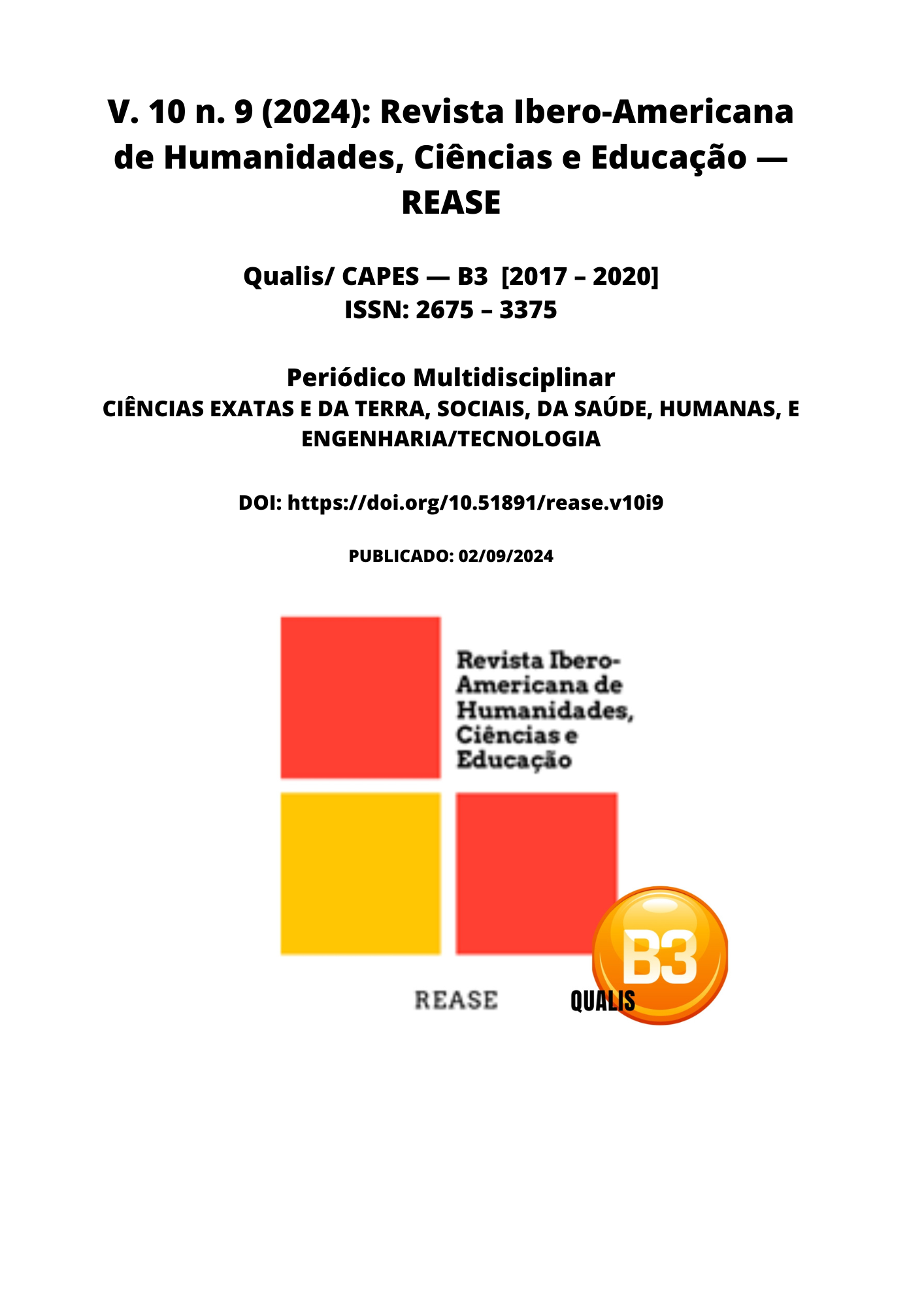INTERDISCIPLINARITY AND CONNECTION OF KNOWLEDGE IN CONTEMPORANEITY
DOI:
https://doi.org/10.51891/rease.v10i9.15536Keywords:
Education. Teaching-learning. Curriculum. Student protagonism.Abstract
The approach of multiple disciplines connected through the integration of knowledge, generates in the individual a broader view of the teaching-learning process and, at the same time, challenges us in search of the new. This article aims to discuss aspects related to interdisciplinarity as a pedagogical practice, considering the need to promote the adoption of methods capable of awakening in the student criticality and responsibility with the connection of knowledge. It refers to a descriptive exploratory research having as data source a wide bibliographical research on the theme. The article concludes with a reflection on the benefits brought to the student through the world view generated and allowed beyond the classroom, proposing the development of the individual as a thinking, social being and able to become an autonomous professional and builder. of knowing.
Downloads
Downloads
Published
How to Cite
Issue
Section
Categories
License
Atribuição CC BY

